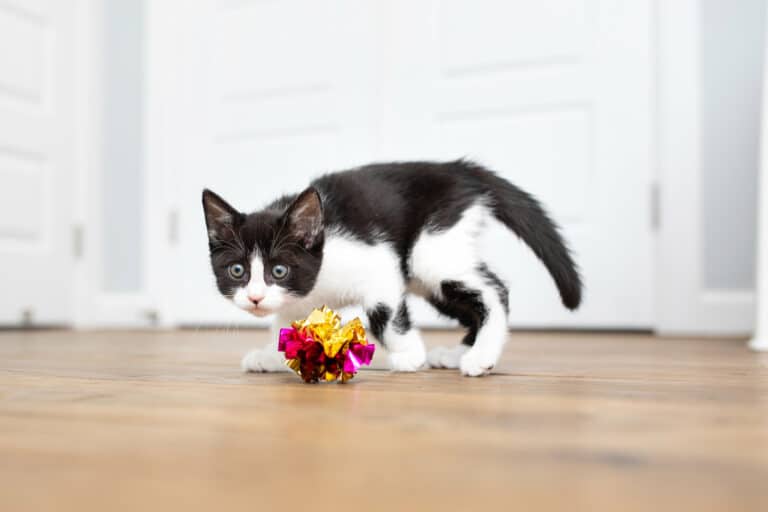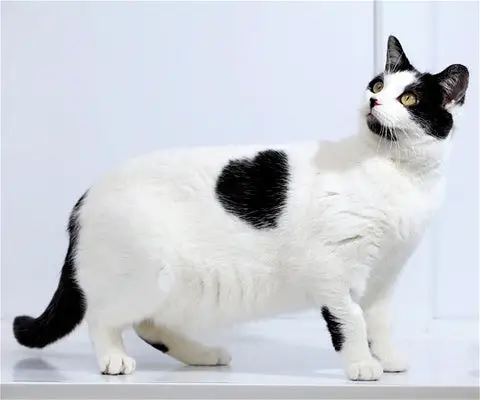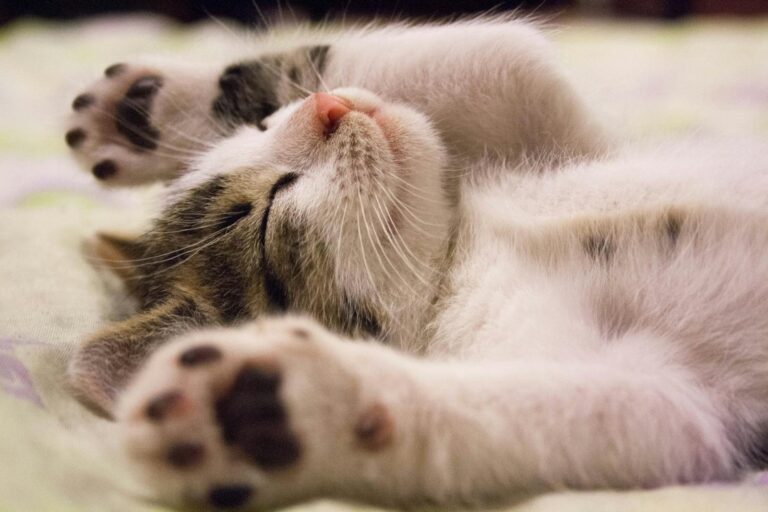Understanding The Importance Of Regular Cat Grooming
Importance of regular cat grooming cannot be emphasized enough for the health and well-being of our feline companions. Grooming is not just about keeping your cat looking fluffy and clean, it plays a crucial role in preventing matting, controlling shedding, detecting skin issues early, and strengthening the bond between you and your cat. Whether you have a short-haired or long-haired cat, regular grooming sessions should be an imperative part of your pet care routine. In this blog post, we will investigate into why regular cat grooming is vital and provide some tips on how to make the grooming experience a pleasant one for both you and your cat.
The Benefits of Regular Grooming
Prevention of Matting and Tangles
A well-groomed cat is less likely to experience matting and tangles in their fur. Matting occurs when hair becomes entangled and forms tight knots, which can be painful and uncomfortable for your feline friend. Regular grooming, including brushing and combing, helps to prevent these mats from forming, keeping your cat’s coat smooth and healthy.
Identification and Early Detection of Health Issues
Grooming your cat regularly not only keeps their coat looking sleek but also allows you to closely inspect their skin for any abnormalities. Issues such as ticks, fleas, lumps, or skin irritations can be detected early through grooming sessions, leading to prompt veterinary care if needed. This proactive approach can help in the early detection and treatment of potential health concerns, ensuring your cat stays happy and healthy.
Regular grooming not only keeps your cat looking and feeling their best but also plays a vital role in their overall well-being. By dedicating time to grooming sessions, you can prevent matting and tangles, as well as identify any health issues early on. Stay vigilant during grooming sessions as these moments can provide valuable insight into the health of your beloved feline companion.
Grooming Techniques and Tools
Brushing and Combing for Different Coat Types
Now, when it comes to grooming your cat, brushing and combing play a crucial role in maintaining their coat health. Different coat types require specific tools and techniques to keep them looking their best. Regular brushing helps prevent matting, reduces shedding, and stimulates blood circulation in your cat’s skin.
| Coat Type | Recommended Tools |
|---|---|
| Short Hair | Soft bristle brush or grooming glove |
| Long Hair | Wide-tooth comb and slicker brush |
| Curly Coat | Comb with rotating teeth |
| Double Coat | Undercoat rake and slicker brush |
| Bald or Hairless | Gentle exfoliating brush |
This comprehensive table outlines the recommended tools for various coat types, ensuring that you use the right grooming tools for your cat’s specific needs. This will help maintain a healthy coat and strengthen your bond with your feline companion.
Nail Trimming, Ear Cleaning, and Dental Care
For nail trimming, ear cleaning, and dental care, it is vital to establish a regular grooming routine to ensure your cat’s overall well-being. Trimming your cat’s nails helps prevent them from becoming overgrown and causing discomfort or potential injury. Ear cleaning is vital to remove wax buildup and prevent infections, while dental care, such as brushing your cat’s teeth, aids in preventing dental diseases and maintaining fresh breath.
Grooming your cat involves more than just brushing their coat. Paying attention to their nails, ears, and teeth is vital for their health and happiness. Regular maintenance of these areas will help prevent potential health issues and ensure your cat remains comfortable and healthy.
Professional Grooming vs. Home Grooming
When to Seek Professional Grooming Services
Grooming your cat at home can be a rewarding experience for both you and your feline companion. However, there are times when it’s best to leave it to the professionals. If your cat has a particularly thick or long coat that requires regular trimming, or if they are not cooperative during grooming sessions, seeking the help of a professional groomer may be the right choice.
Tips for Successful Home Grooming Routines
Concerning grooming your cat at home, there are a few key tips to keep in mind. First, make sure to use the right tools for the job, such as a cat-specific brush and nail clippers. Additionally, establish a grooming routine early on in your cat’s life to help them become accustomed to the process. Remember to be patient and reward your cat with treats for good behavior during grooming sessions.
- Invest in quality grooming tools.
- Establish a grooming routine early on.
- Reward your cat for good behavior.
Grooming your cat at home can help strengthen the bond between you and your pet while also ensuring their coat and nails remain healthy. Knowing when to seek professional help and following these tips for successful home grooming routines will contribute to your cat’s overall well-being and happiness.
Overcoming Challenges in Cat Grooming
Handling Difficult Behaviors
With cat grooming, one of the biggest challenges can be handling difficult behaviors exhibited by your feline friend. Cats are known for their independent nature, and some may not enjoy the grooming process. It’s important to approach grooming sessions with patience and understanding. If your cat becomes agitated or aggressive, take a break and try again later. Providing treats and positive reinforcement can also help make the grooming experience more pleasant for your cat.
Addressing the Needs of Senior Cats and Kittens
Handling the grooming needs of senior cats and kittens requires special attention and care. Senior cats may have mobility issues or sensitive skin, requiring a gentler approach during grooming. On the other hand, kittens may be more energetic and less accustomed to grooming. It’s important to introduce grooming to kittens early on to help them become comfortable with the process as they grow older.
Behaviors such as reluctance to be groomed, excessive grooming, or changes in grooming habits can indicate underlying health issues in senior cats. It’s important to monitor your senior cat’s grooming habits and seek veterinary advice if you notice any concerning changes.
To wrap up
From above, it is clear that regular cat grooming is crucial for maintaining your feline companion’s health and well-being. By brushing their fur, trimming their nails, cleaning their ears, and monitoring their overall condition, you can prevent health issues and establish a strong bond with your pet. Remember that grooming should be a positive experience for both you and your cat, so take the time to make it a routine and enjoyable activity. Your cat will thank you for the care and attention you provide through regular grooming sessions.
FAQ
Q: Why is regular cat grooming important?
A: Regular cat grooming is crucial for maintaining your cat’s overall health and well-being. It helps prevent matting, reduces shedding, promotes healthy skin and coat, and allows you to check for any signs of parasites or skin issues.
Q: How often should I groom my cat?
A: The frequency of grooming depends on your cat’s breed and coat length. Long-haired cats may require daily grooming to prevent matting, while short-haired cats can benefit from grooming sessions a few times a week. It’s important to establish a grooming routine that works for both you and your cat.
Q: What are some tips for successful cat grooming?
A: Start grooming your cat from a young age to get them accustomed to the process. Use the right grooming tools such as brushes, combs, and nail clippers designed for cats. Be gentle and patient during grooming sessions, and reward your cat with treats or praise to make it a positive experience. If you’re unsure about grooming techniques, consider seeking professional help from a groomer or veterinarian.







